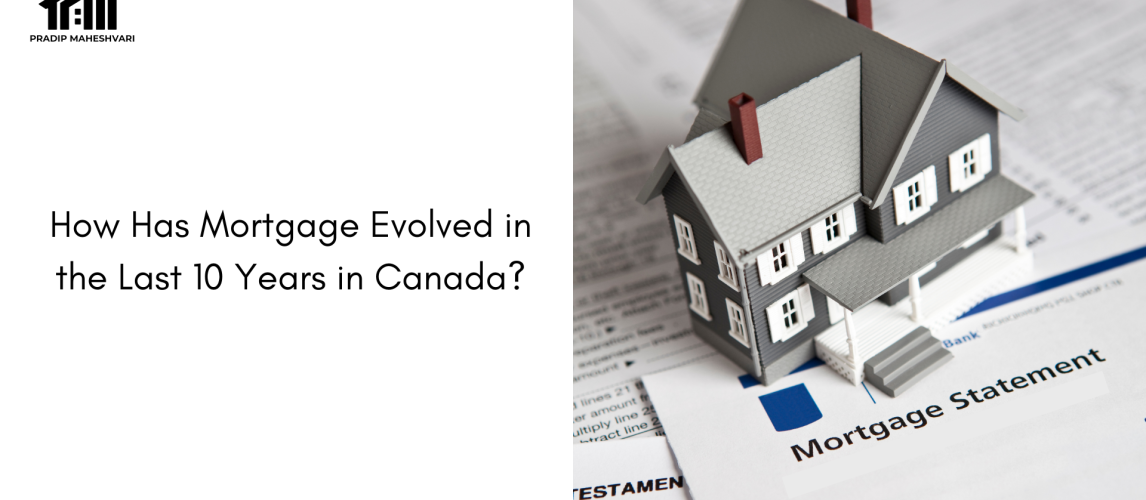Remember when mortgage rates hovered around 3% and getting approved felt simple?
Fast forward a decade, and the landscape looks very different. Canadian mortgages have undergone significant changes, from interest rate hikes and regulatory shifts to how lenders assess borrowers and how tech shapes your approval process.
So, what’s really changed in the last 10 years?
And what does it mean for homebuyers and homeowners in 2025? Let’s break it down.
A Decade of Transformation in Canadian Mortgages
Since 2014, Canada’s housing market and lending rules have evolved under pressure from affordability concerns, global economic shifts, and increased demand in urban centers. These changes have impacted how mortgages are offered, qualified for, and repaid.
If you’re buying a home, refinancing, or even just renewing, understanding these shifts can help you make smarter financial choices.
1. Stricter Mortgage Stress Test Rules
Over the past decade, one of the biggest shakeups came in 2018 when the federal government expanded the mortgage stress test to all borrowers.
- Why It Matters: Even if you get a low rate, lenders must qualify you at a higher rate (benchmark + 2%).
- Impact: Reduced the borrowing power of many buyers, especially first-timers.
- Now: The stress test remains, and it continues to challenge affordability in 2025.
2. Record-Breaking Interest Rate Swings
- Then: Rates were historically low from 2014–2020, dropping below 2% during the pandemic.
- Now: We’ve seen aggressive rate hikes from the Bank of Canada post-2022 to fight inflation.
- What It Means: Fixed mortgage rates became popular again in 2024–2025, as people seek predictability.
3. Affordability Crisis & Smaller Down Payments
- Home Prices Soared: The average home price in Toronto in 2014 was ~$550K. In 2025? It’s over $1 million.
- Down Payments Shrink: More buyers use 5–10% down payment options just to enter the market.
- Solution Trend: Buyers turn to shared equity programs, gifted down payments, and co-borrowers.
4. Technology Has Changed the Mortgage Experience
- Then: You’d visit a bank or mortgage broker in person, fill out forms, and wait days.
- Now: Online mortgage applications, instant approvals, rate comparison tools, digital document uploads. So, everything’s faster and more transparent.
5. Shift Toward Alternative & Private Lending
Now, more Canadians are self-employed or have non-traditional income. The problem was that traditional lenders turn many of them away, especially if credit isn’t perfect.
The Result? A surge in alternative lending, including private lenders, B-lenders, and credit unions.
This opened new mortgage options, but usually at higher rates or stricter terms. Still, they provide much-needed flexibility.
Looking Ahead: What’s Next for Canadian Mortgages?
- AI-powered underwriting will make approvals faster and more tailored.
- Green mortgage incentives may become the norm as energy-efficient homes rise in popularity.
- Refinancing strategies and HELOCs will become key tools for managing higher debt loads.
Final Thoughts: Navigating the New Mortgage Era
The mortgage world in Canada has evolved dramatically, and it isn’t slowing down. Whether you’re navigating stress tests, rising rates, or a sea of new lenders, working with an expert can help you save time, money, and stress.
At Pradip Maheshvari Mortgages, we’ve helped hundreds of Canadians adjust to these changes with smart, strategic mortgage solutions.
Ready to talk about your next step?


No comment yet, add your voice below!